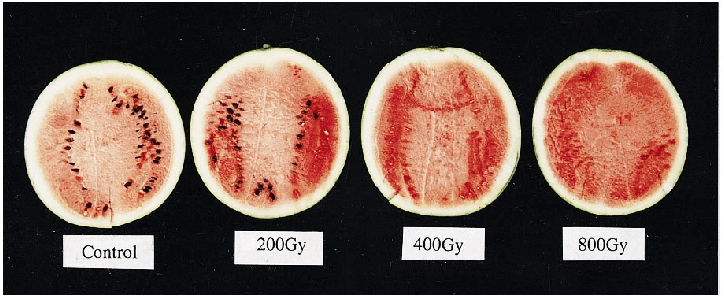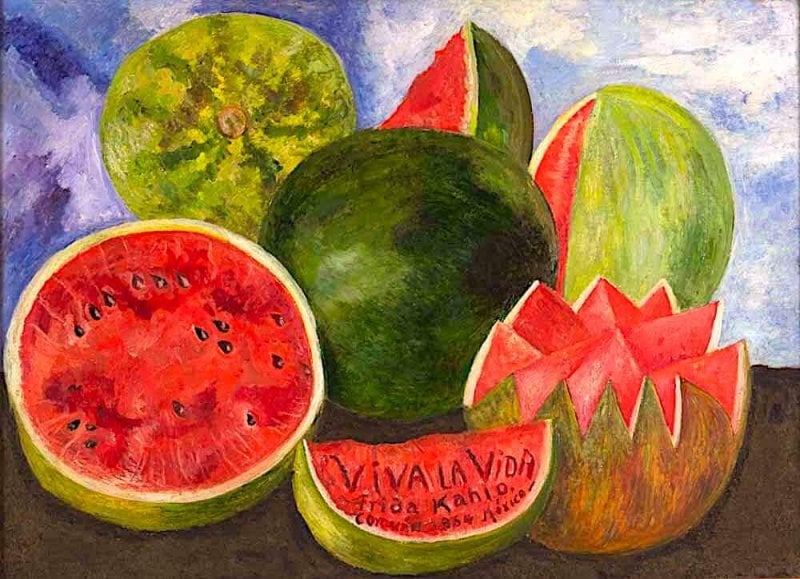Before, there were two types of people: those who spit out the seeds of the watermelon and those who removed them with a knife before putting them in their mouths. For a few years now, the world has been less divided in this regard because finally, seedless watermelons abound, so we can enjoy this fruit without the huge hassle that this entailed.
How do you get seedless watermelons?
If seedless watermelons are not GMO, how do you get them? In reality, nothing “strange” or that could be “suspicious” is done, but techniques that have been used “all life” are used. Specifically, what is done is a hybridization: the male pollen of one watermelon is crossed with the female flower of another. The peculiar thing about the case is that this male pollen comes from a watermelon that has two sets of chromosomes, while the female flower corresponds to a watermelon with four sets of chromosomes.
By making this crossing of a diploid watermelon (with two sets of chromosomes) with another tetraploid (with four sets of chromosomes), a sterile hybrid is obtained: a triploid watermelon (with three sets of chromosomes), which is unable to produce mature seeds. . That is to say, it is something similar to what happens when a mare is crossed with a donkey to obtain a mule, which is a sterile animal.
The triploid seeds obtained from this crossing give rise to a plant with male and female triploid flowers, which do not produce pollen or viable ovules, since they contain three sets of chromosomes, so they do not bear fruit.

To solve this, simply place a diploid plant (with two sets of chromosomes) nearby, so that its male flowers provide pollen with a single set of chromosomes that will pollinate the triploid plant without fertilization. This pollination is normally carried out with the help of bees, which are responsible for carrying the pollen from one plant to the flowers of the other. In this way, the development of a fruit is induced without fertilization. This is how the seedless watermelon is obtained, a fruit that is easy to eat, very tasty, healthy and does not pose any health risk.
[Editor’s note: This article has been translated from Spanish and edited for clarity.]































